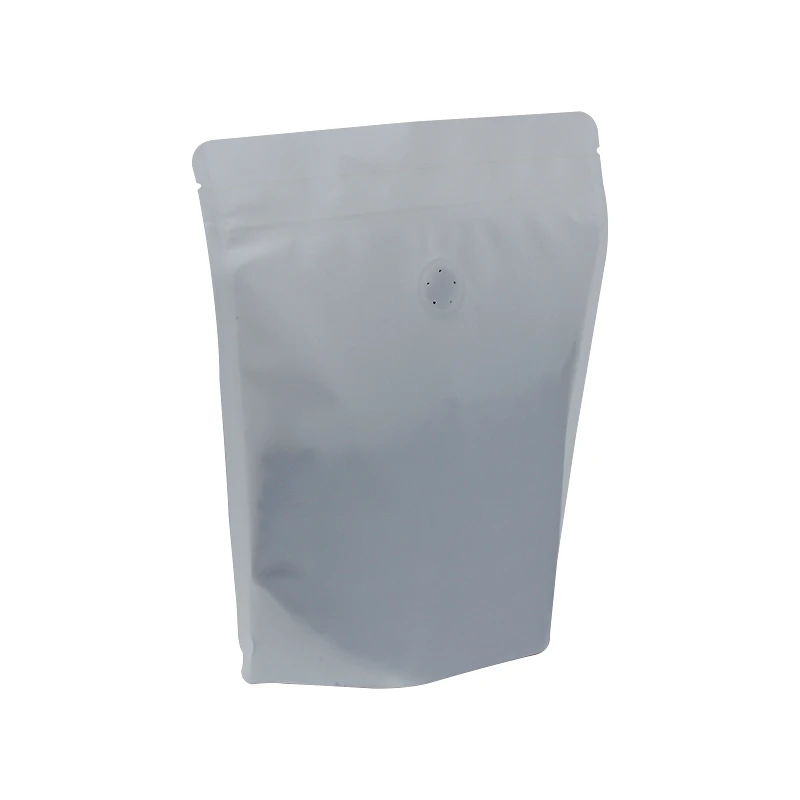- Afrikaans
- Albanian
- Amharic
- Arabic
- Armenian
- Azerbaijani
- Basque
- Belarusian
- Bengali
- Bosnian
- Bulgarian
- Catalan
- Cebuano
- chinese_simplified
- chinese_traditional
- Corsican
- Croatian
- Czech
- Danish
- Dutch
- English
- Esperanto
- Estonian
- Finnish
- French
- Frisian
- Galician
- Georgian
- German
- Greek
- Gujarati
- haitian_creole
- hausa
- hawaiian
- Hebrew
- Hindi
- Miao
- Hungarian
- Icelandic
- igbo
- Indonesian
- irish
- Italian
- Japanese
- Javanese
- Kannada
- kazakh
- Khmer
- Rwandese
- Korean
- Kurdish
- Kyrgyz
- Lao
- Latin
- Latvian
- Lithuanian
- Luxembourgish
- Macedonian
- Malgashi
- Malay
- Malayalam
- Maltese
- Maori
- Marathi
- Mongolian
- Myanmar
- Nepali
- Norwegian
- Norwegian
- Occitan
- Pashto
- Persian
- Polish
- Portuguese
- Punjabi
- Romanian
- Russian
- Samoan
- scottish-gaelic
- Serbian
- Sesotho
- Shona
- Sindhi
- Sinhala
- Slovak
- Slovenian
- Somali
- Spanish
- Sundanese
- Swahili
- Swedish
- Tagalog
- Tajik
- Tamil
- Tatar
- Telugu
- Thai
- Turkish
- Turkmen
- Ukrainian
- Urdu
- Uighur
- Uzbek
- Vietnamese
- Welsh
- Bantu
- Yiddish
- Yoruba
- Zulu
Exploring Standard Box Dimensions for Optimal Packaging Solutions
Understanding Standard Box Sizes A Comprehensive Guide
In the world of shipping and packaging, the importance of standard box sizes cannot be overstated. Businesses and individuals alike rely on these uniform dimensions to facilitate the safe and efficient transport of goods. Whether you're a small business owner looking to ship products or someone preparing for a move, understanding standard box sizes can streamline your packing process and enhance your overall experience.
The Significance of Standard Box Sizes
Standard box sizes provide a common reference point for manufacturers, retailers, and consumers. They help ensure compatibility with shipping provider requirements and optimize space utilization in transportation vehicles and storage facilities. By adhering to recognized dimensions, businesses can reduce costs and improve operational efficiency.
By utilizing standard sizes, companies can also minimize the need for custom packaging, which can be more costly and time-consuming. For instance, the use of standard sizes can enable bulk production of boxes, making them more readily available for immediate use.
Common Standard Box Sizes
While specific dimensions may vary by region and shipping service, there are certain standard box sizes that are widely recognized, particularly in the United States
. Here's a list of some common dimensions1. Small Box Approximately 6 x 6 x 6 inches 2. Medium Box Approximately 12 x 12 x 12 inches 3. Large Box Approximately 18 x 18 x 18 inches 4. Extra Large Box Approximately 24 x 24 x 24 inches
standard box size

In addition to these cube-shaped boxes, there are also commonly accepted sizes for flat boxes, which might include dimensions like 12 x 9 x 4 inches or 24 x 12 x 12 inches. These variations allow for flexible packing options, accommodating items of various shapes and sizes.
Choosing the Right Box Size
Selecting the appropriate box size for your needs involves several considerations. First, think about the item(s) you're packing. Consider their dimensions, weight, and fragility. Avoid using a box that is too large, as this can lead to insufficient cushioning for your items, increasing the risk of damage during transit.
Conversely, packing items into a box that is too small may cause stress on the box itself, leading to tearing or collapsing. It’s essential to strike a balance to protect your goods effectively.
Tips for Efficient Packing
1. Use Padding Fill any empty spaces in the box with packing materials like bubble wrap, packing peanuts, or crumpled paper to prevent movement during transit. 2. Label Your Boxes Clearly label each box with its contents and destination, especially when shipping multiple items. This practice can significantly enhance organization during unpacking. 3. Consider Stackability When packing multiple boxes, consider their size and weight. Smaller boxes tend to stack better and are easier to lift. 4. Follow Carrier Guidelines Each shipping carrier may have specific guidelines regarding box sizes and weight limits. Check these to avoid additional fees or complications.
Conclusion
In conclusion, understanding standard box sizes is essential for efficient packaging and shipping. By selecting the appropriate dimensions and employing effective packing strategies, individuals and businesses can ensure that their items arrive safely and intact. Embracing these practices not only saves time and money but also enhances the overall shipping experience. Whether you’re sending a gift or moving house, the right box can make all the difference.













